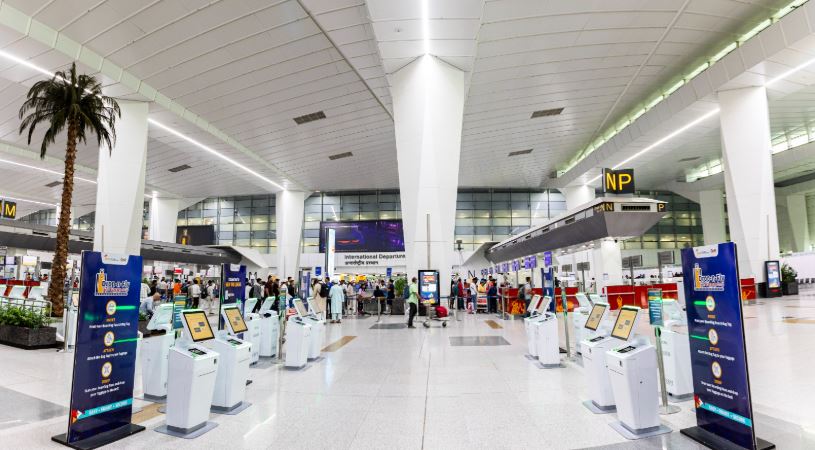
Can a facility that operates 24/7, handles millions of passengers, and manages thousands of assets function effectively without an integrated approach?
This isn’t just a philosophical question, it’s a pressing operational challenge.
Airports rank among the most complex built environments globally. From terminal operations and airside logistics to utility systems and passenger services, everything must work in a seamless, interdependent manner. Yet too often, services are managed in isolation—by separate vendors, through fragmented systems, with limited coordination. The result? Delays, inefficiencies, duplicated efforts, and diminished passenger experience.
Integrated Service Management (ISM) isn’t a trend, it’s a necessity.
Integrated Service Management (ISM) is the strategic alignment of all operational and facility services within an airport under a unified framework. This includes:
With shared data, standardized processes, and centralized governance, ISM enables real-time decision-making, quicker responses, and optimized resource utilization—resulting in a safer, cleaner, and more efficient airport.
In siloed environments, a baggage belt failure might not alert housekeeping until it causes a major spill. Or a minor power fault might be overlooked due to disjointed maintenance logs. ISM enables real-time alerts and cross-functional coordination, ensuring swift, synchronized action and minimizing disruption.
From HVAC and escalators to substations and servers, airports depend on critical assets. ISM centralizes asset tracking, automates maintenance scheduling, and predicts failures—cutting downtime, extending asset life, and enhancing financial planning.
Every second counts in airport operations. An integrated system streamlines incident reporting, escalation, and resolution across departments. Whether it's a gate malfunction, spill, or safety issue, ISM ensures clear accountability and immediate action.
ISM captures insights across service lines—energy usage, footfalls, equipment health, incident trends. These analytics support better forecasting, smarter investments, and continuous service improvement.
Every operational improvement translates to a better journey for passengers. With ISM, airports can ensure:
Seamless operations directly improve passenger satisfaction scores and global rankings.
To unlock ISM’s full potential, the following foundations are essential:
At GEMS, Integrated Service Management is at the core of everything we do. We understand that airports are dynamic ecosystems—where engineering, operations, and human behavior converge. From large-scale MEP systems to energy monitoring and soft services, we bring together people, processes, and platforms in one cohesive delivery model. Our expertise in managing complex infrastructure has shown that ISM not only reduces cost and downtime but also builds stakeholder confidence and operational resilience.
Today’s airports are measured not just by how well they’re built—but by how smartly they operate.
Integrated Service Management is the backbone of efficient, reliable, and passenger-centric airports. For operators seeking to elevate performance and future-readiness, ISM is not an upgrade—it’s essential infrastructure.
"Operating an airport without a unified service framework is like navigating without radar—you may stay aloft, but you never achieve true command," says Roy Sebastian, CEO of GEMS. “Integrated Service Management synchronizes every function—from power rooms to passenger touchpoints—so information flows freely, decisions land faster, and each resource delivers maximum value. At GEMS, integration is not an option. It’s the runway for tomorrow’s airports.”
For expert airport solutions, contact us at:
Rohitkumar.Singh@gmrgroup.in
+91 97171 99753